Neural networks
Recent articles
Releasing the Hydra with Rafael Yuste
Losing HHMI Investigator status prompted Yuste to study neural networks in a new way.
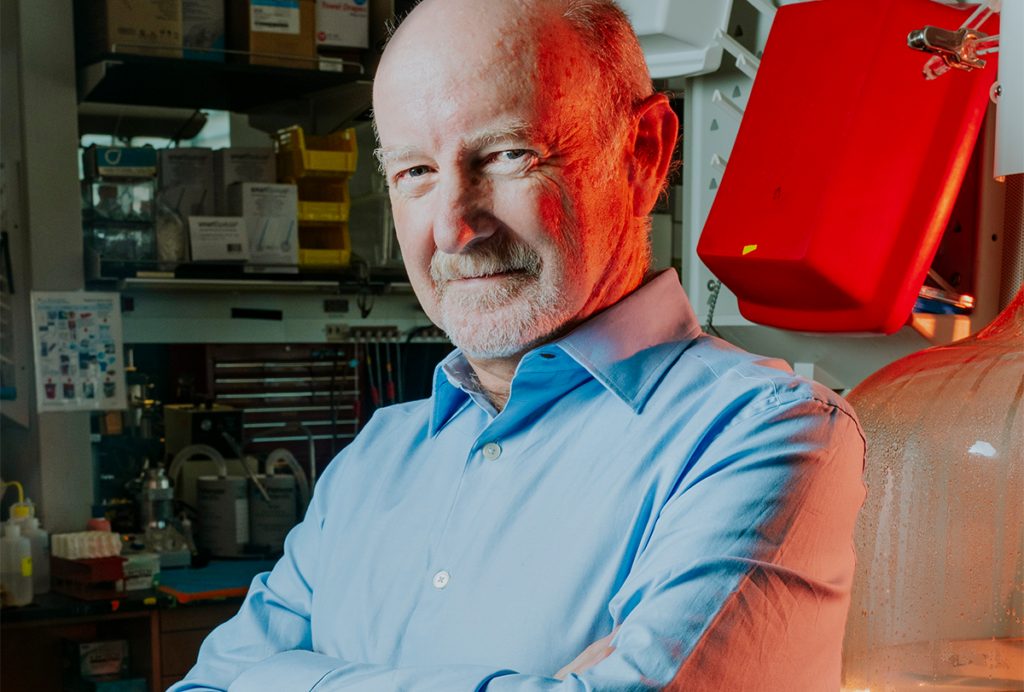
Releasing the Hydra with Rafael Yuste
Losing HHMI Investigator status prompted Yuste to study neural networks in a new way.
2025 Brain Prize honors pair of cancer neuroscientists
Michelle Monje and Frank Winkler share the $1.4 million award for their discovery of synapses between brain cancer cells and neurons.

2025 Brain Prize honors pair of cancer neuroscientists
Michelle Monje and Frank Winkler share the $1.4 million award for their discovery of synapses between brain cancer cells and neurons.
Cell ‘fingerprints’ identify distinct cortical networks
These networks align with different assemblages of cells, a finding that could reveal how cellular diversity influences brain function, according to a new study.
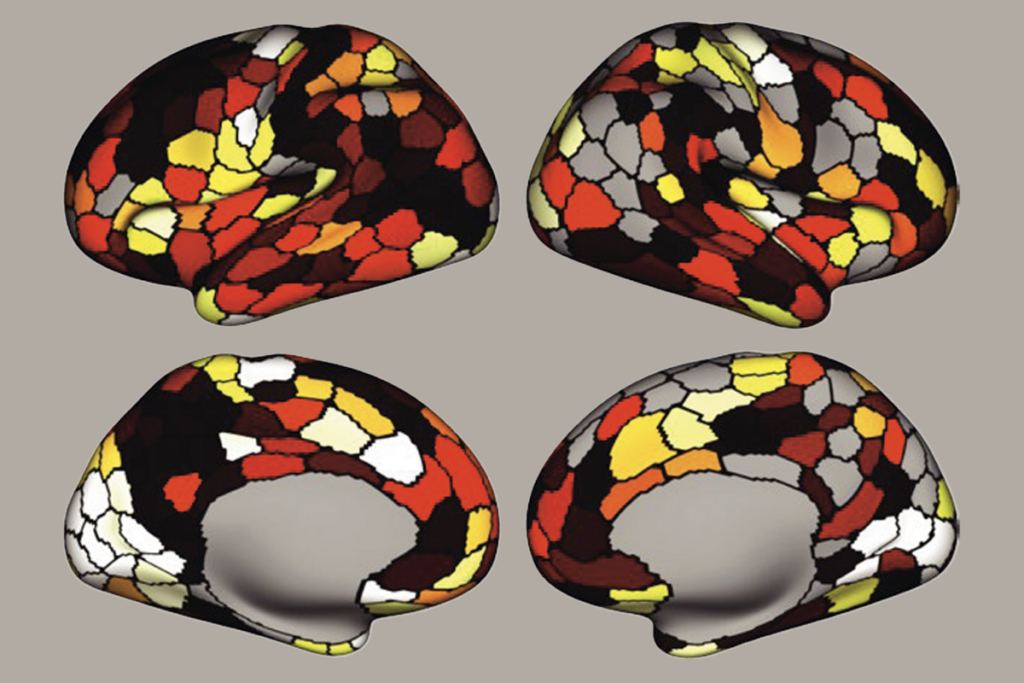
Cell ‘fingerprints’ identify distinct cortical networks
These networks align with different assemblages of cells, a finding that could reveal how cellular diversity influences brain function, according to a new study.
The brain holds no exclusive rights on how to create intelligence
Many of the recent developments underlying the explosive success of artificial intelligence have diverged from using neuroscience as a source of inspiration—and the trend is likely to continue.
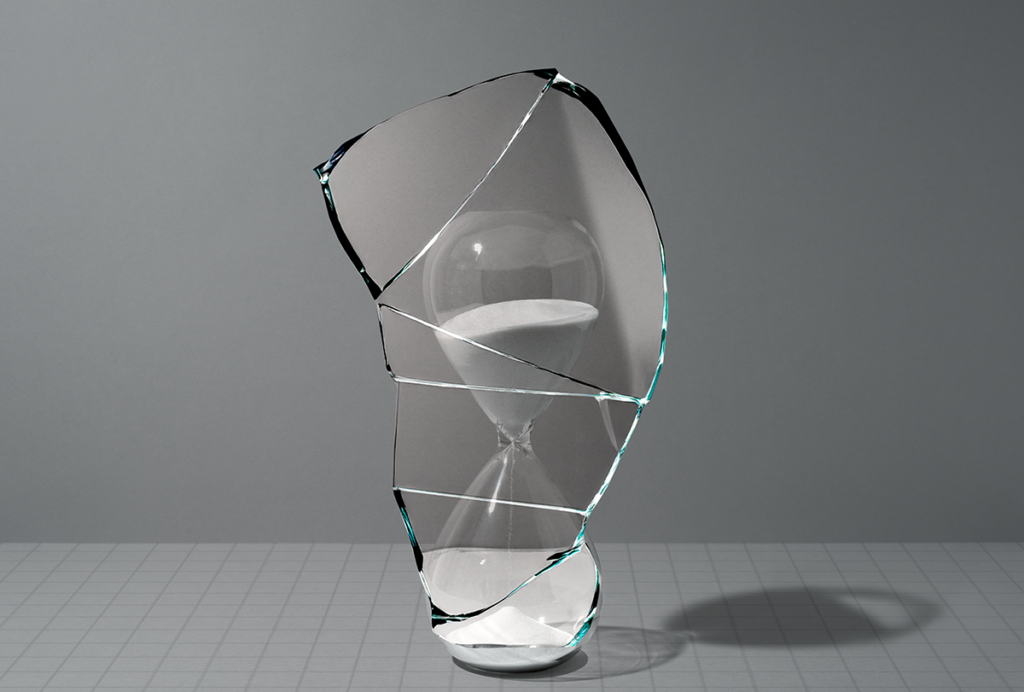
The brain holds no exclusive rights on how to create intelligence
Many of the recent developments underlying the explosive success of artificial intelligence have diverged from using neuroscience as a source of inspiration—and the trend is likely to continue.
This paper changed my life: ‘A massively parallel architecture for a self-organizing neural pattern recognition machine,’ by Carpenter and Grossberg
This paper taught me that we can use mathematical modeling to understand how neural networks are organized—and led me to a doctoral program in the department led by its authors.
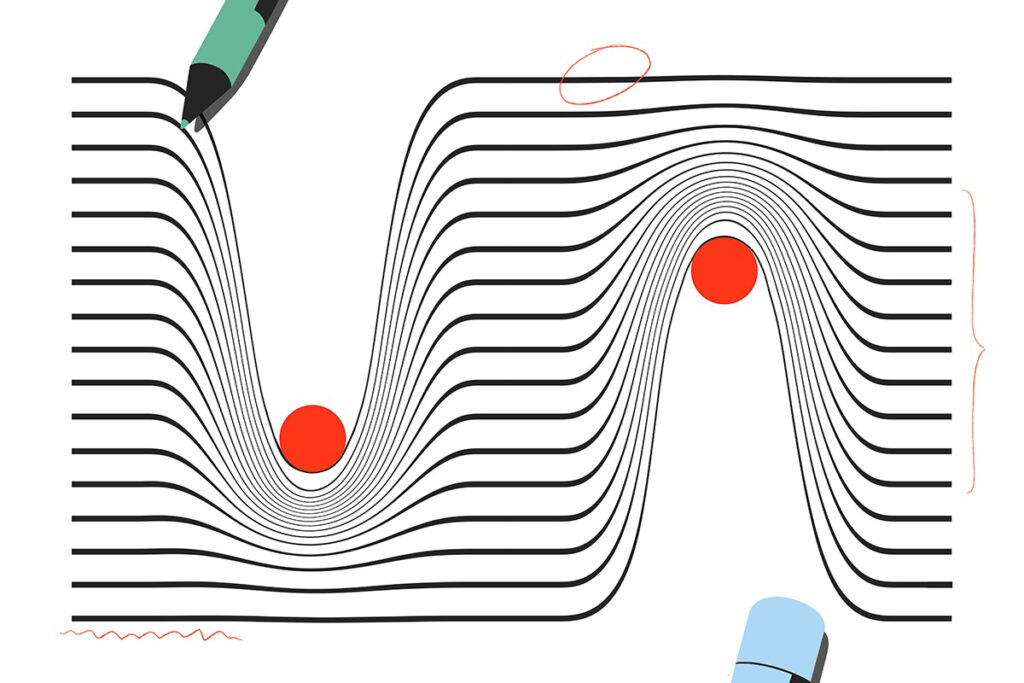
This paper changed my life: ‘A massively parallel architecture for a self-organizing neural pattern recognition machine,’ by Carpenter and Grossberg
This paper taught me that we can use mathematical modeling to understand how neural networks are organized—and led me to a doctoral program in the department led by its authors.
What are recurrent networks doing in the brain?
The cortex is filled with excitatory local synapses, but we know little about their role in brain function. New experimental tools, along with ideas from artificial intelligence, are poised to change that.
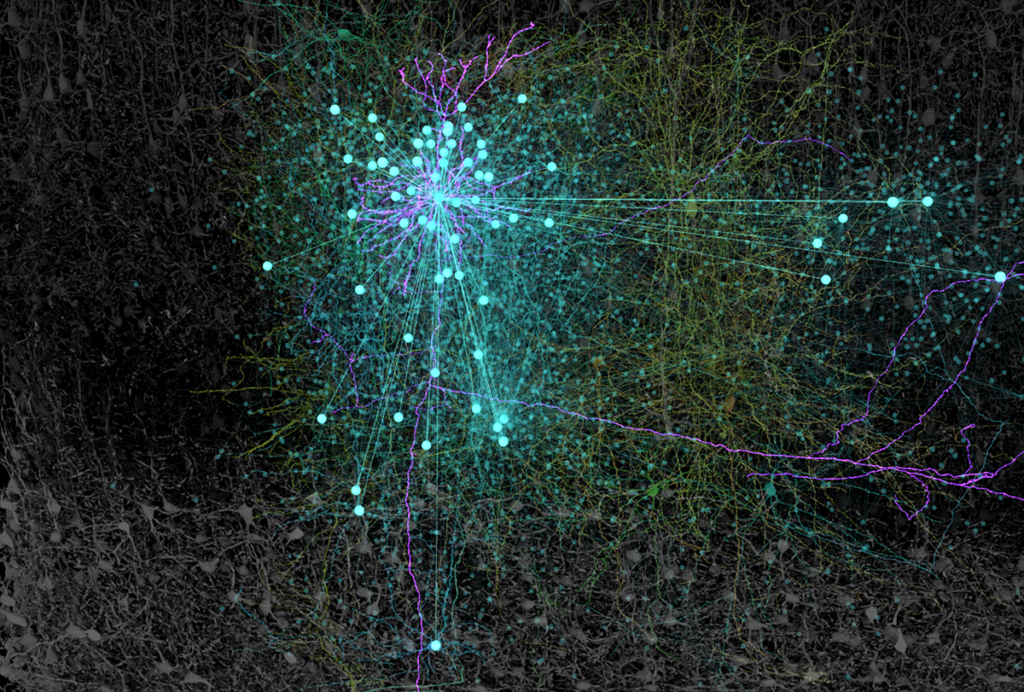
What are recurrent networks doing in the brain?
The cortex is filled with excitatory local synapses, but we know little about their role in brain function. New experimental tools, along with ideas from artificial intelligence, are poised to change that.
NeuroAI: A field born from the symbiosis between neuroscience, AI
As the history of this nascent discipline reveals, neuroscience has inspired advances in artificial intelligence, and AI has provided a testing ground for models in neuroscience, accelerating progress in both fields.
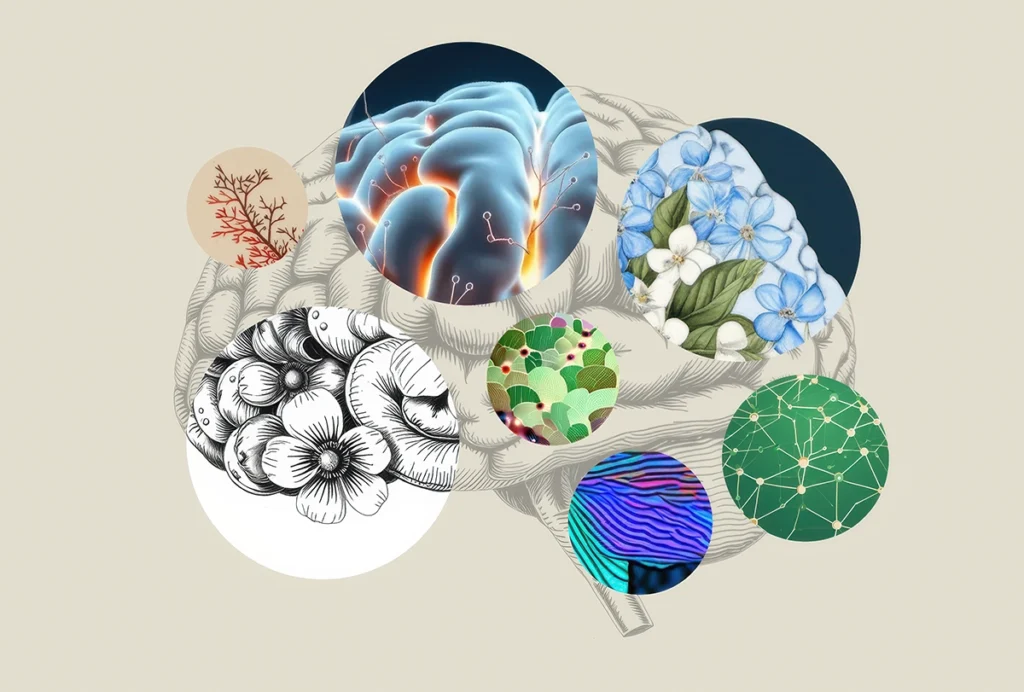
NeuroAI: A field born from the symbiosis between neuroscience, AI
As the history of this nascent discipline reveals, neuroscience has inspired advances in artificial intelligence, and AI has provided a testing ground for models in neuroscience, accelerating progress in both fields.
What the brain can teach artificial neural networks
The brain offers valuable lessons to artificial neural networks to boost their data and energy efficiency, flexibility and more.
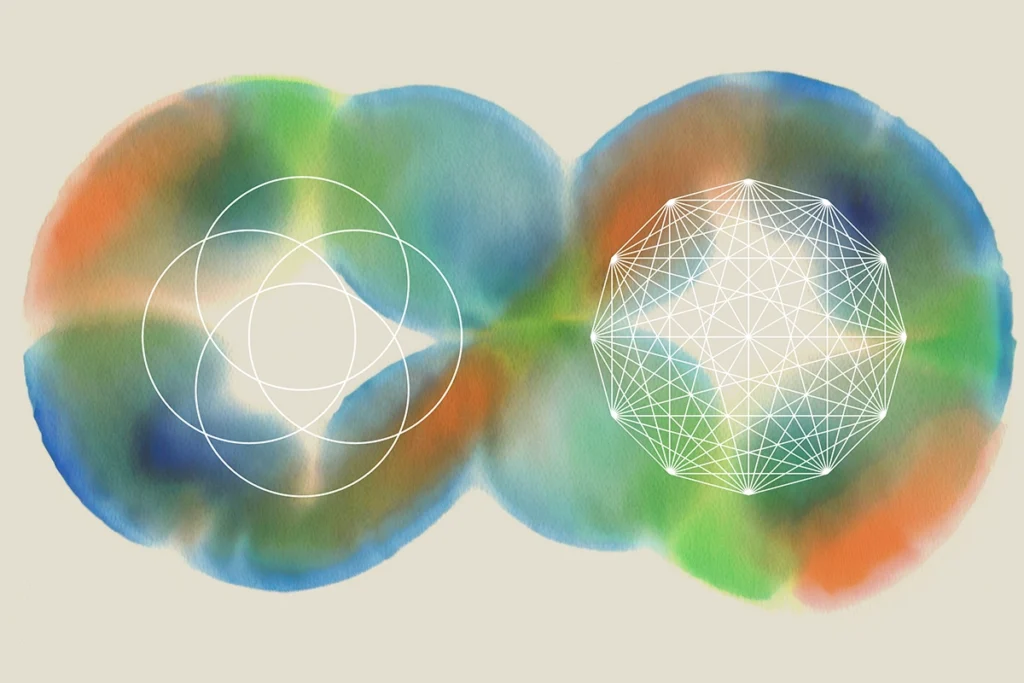
What the brain can teach artificial neural networks
The brain offers valuable lessons to artificial neural networks to boost their data and energy efficiency, flexibility and more.
Are brains and AI converging?—an excerpt from ‘ChatGPT and the Future of AI: The Deep Language Revolution’
In his new book, to be published next week, computational neuroscience pioneer Terrence Sejnowski tackles debates about AI’s capacity to mirror cognitive processes.
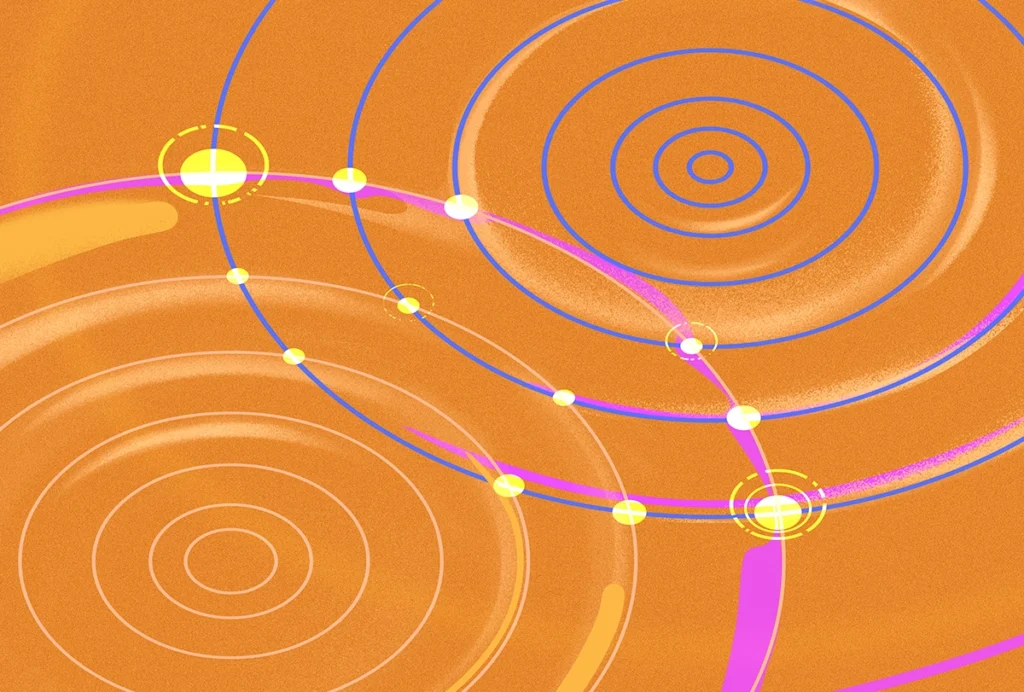
Are brains and AI converging?—an excerpt from ‘ChatGPT and the Future of AI: The Deep Language Revolution’
In his new book, to be published next week, computational neuroscience pioneer Terrence Sejnowski tackles debates about AI’s capacity to mirror cognitive processes.
Repeat scans reveal brain changes that precede childbirth
A detailed look at a “pregnant brain” highlights a need to investigate the neural alterations that occur during a transition experienced by nearly 140 million people worldwide each year.
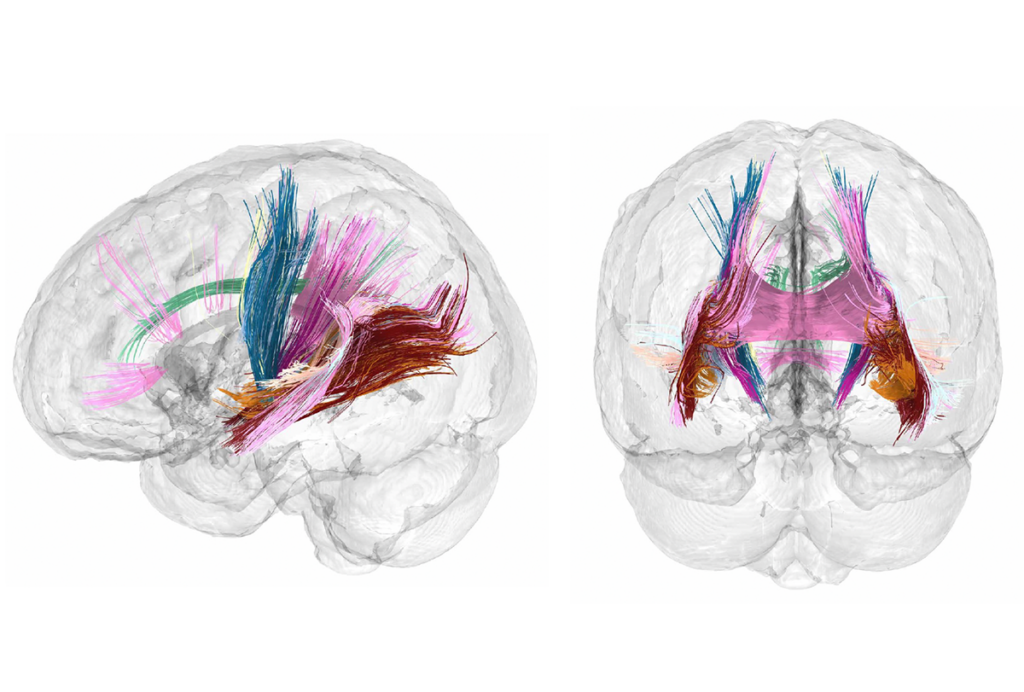
Repeat scans reveal brain changes that precede childbirth
A detailed look at a “pregnant brain” highlights a need to investigate the neural alterations that occur during a transition experienced by nearly 140 million people worldwide each year.
Explore more from The Transmitter
Expediting clinical trials for profound autism: Q&A with Matthew State
Aligning Research to Impact Autism, a new initiative funded by the Sergey Brin Family Foundation, wants to bring basic science discoveries to the clinic faster.

Expediting clinical trials for profound autism: Q&A with Matthew State
Aligning Research to Impact Autism, a new initiative funded by the Sergey Brin Family Foundation, wants to bring basic science discoveries to the clinic faster.
This paper changed my life: Shane Liddelow on two papers that upended astrocyte research
A game-changing cell culture method developed in Ben Barres’ lab completely transformed the way we study astrocytes and helped me build a career studying their reactive substates.
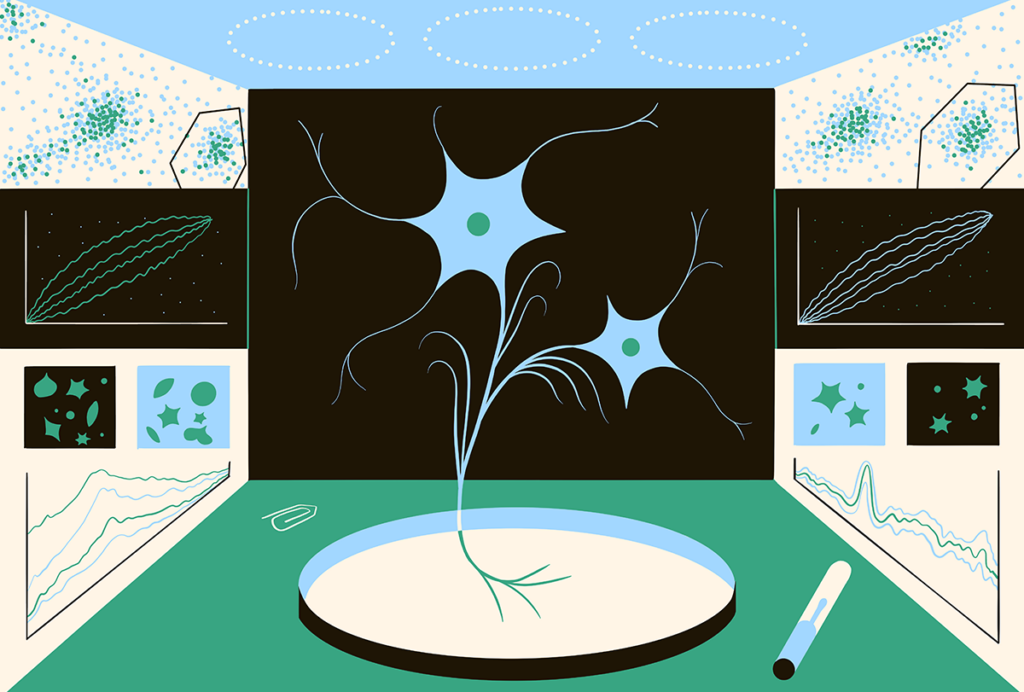
This paper changed my life: Shane Liddelow on two papers that upended astrocyte research
A game-changing cell culture method developed in Ben Barres’ lab completely transformed the way we study astrocytes and helped me build a career studying their reactive substates.
Dean Buonomano explores the concept of time in neuroscience and physics
He outlines why he thinks integrated information theory is unscientific and discusses how timing is a fundamental computation in brains.
Dean Buonomano explores the concept of time in neuroscience and physics
He outlines why he thinks integrated information theory is unscientific and discusses how timing is a fundamental computation in brains.